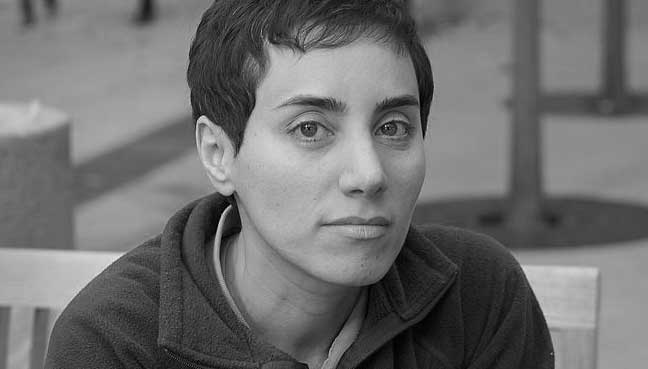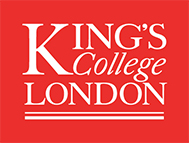International Women in Mathematics Day --- May 12, 2025
King’s College London, KINGS BLDG K6.29 (Anatomy Lecture Theatre)
International Women in Mathematics Day at King’s College London is a one-day event featuring three talks that are designed to be accessible to a broad audience.

- The event is free to attend, but registration is required for catering purposes. Click here to register.
- Limited funds are available to support the attendance of PhD students and early-career postdocs.
- If you have any questions, please contact giuseppe.tinaglia at kcl.ac.uk
Schedule
9:30 AM: Coffee (Anatomy Museum-Next to the Lecture Theatre)
10:00 AM: Francesca Tripaldi (University of Leeds)
11:00 AM: Natalie Evans (King's College London)
12:00 - 2:00 PM: Lunch break (Anatomy Museum)
2:00 PM: Reidun Twarock (University of York)
Titles and Abstracts
Francesca Tripaldi (University of Leeds)
Title: An overview of subRiemannian geometry
Abstract: SubRiemannian geometry represents a vast generalisation of Riemannian geometry and it is meant to model motions that are permitted only along a limited set of directions at any point. The aim of this talk is to give an intuition of how subRiemannian geometry naturally arises from modelling different mathematical and physical problems (e.g. optimal control, image processing, thermodynamics). Surprisingly, for such a setting many fundamental mathematical objects are not yet defined or understood. If time allows, I will present what obstacles appear when trying to extend the most basic tools of geometric analysis and differential geometry to subRiemannian manifolds.
Natalie Evans (King's College London)
Title: Correlations of almost primes
Abstract: The generalised twin prime conjecture states that for any positive even integer h, there are infinitely many primes p such that p+h is prime. Hardy and Littlewood conjectured an asymptotic formula for the number of such primes p up to X. While these conjectures remain wide open today, there are several results establishing that the Hardy-Littlewood conjecture holds 'on average' over h. In this talk we will discuss an almost prime analogue of the Hardy-Littlewood conjecture for which we can go beyond what is known for primes.
Reidun Twarock (University of York)
Title: Viruses Under a Mathematical Microscope: From Viral Geometry to Virus Nanotechnology
Abstract: The geometric principles underpinning virus structure provide a key to understanding viral infections akin to a "Mathematical Microscope". Most viruses have a protein shell, called viral capsid, that surrounds, and thus protects, the genetic material. Mathematical techniques from group, graph and tiling theory enable classification of capsid architecture in terms of surface lattices that encode the positions of individual capsid proteins and the interactions between them. By combining these geometric, and related topological, descriptors of virus architecture with stochastic simulations, I will demonstrate how viral geometry provides insights into viral life cycles that pave the way to innovation in antiviral therapy and virus nanotechnology.
